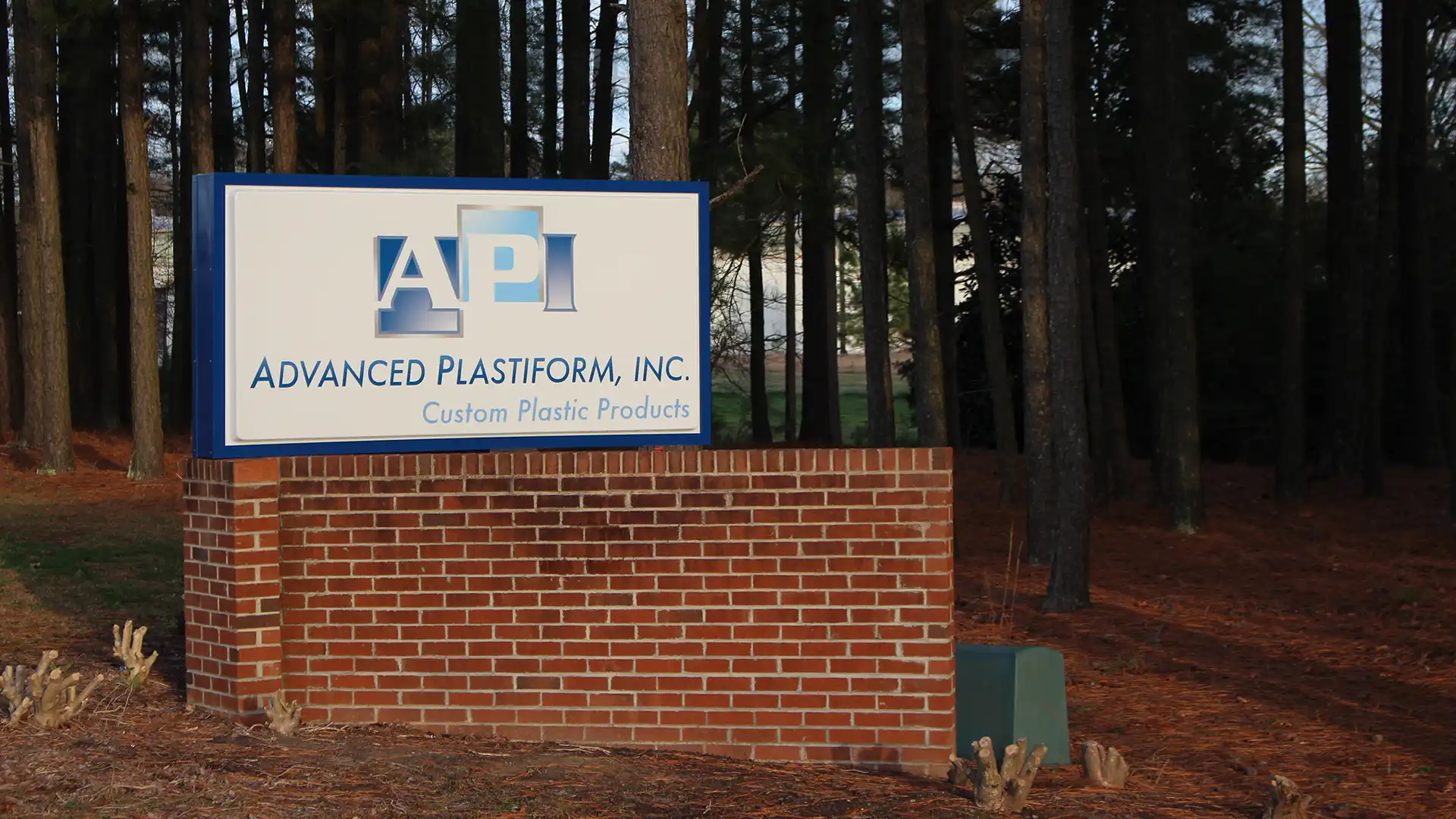Comparing Plastic Injection Molding vs Reaction Injection Molding for Manufacturing For large quantities of custom…
When you need custom plastics with small or complex components, injection molding is often the chosen method of manufacturing. At its simplest, a double-sided mold made from steel or a copper alloy is fabricated, and melted plastic is injected into the mold to fill all the crevices and spaces. Once cool, the component is ejected from the mold. However, there are two types of injection molding we want to look at: insert molding versus overmolding. What are they and which one is right for your next project?
What Is Insert Molding?
Insert molding, or insert injection molding, involves molding plastic around a non-plastic part (usually metal). A part or component, such as a rod, fastener, or bushing is placed into a mold cavity, then the mold is closed around the insert. Plastic is injected into the mold, covering the metal piece.
Typically, the metal will have a threaded surface to ensure proper adhesion to the plastic, and the insert is placed in a vertical position within the mold to ensure a fixed position.
Benefits
Insert molding is very versatile and offers a variety of benefits:
- Improves reliability of the component
- Increases strength and durability
- Reduces assembly time and labor costs
- Reduces the size and weight of the component
Challenges
Insert molding does offer several benefits but it can be challenging. The inserts need to be strong enough to maintain their structural integrity under the extreme heat and temperature of the injection molding process. Also, the costs of tooling can be prohibitive in some cases in order to create a way to keep the insert stable while it's molding as any variance can ruin the part.
What Is Overmolding?
Overmolding is a type of injection molding in which one type of thermoplastic is molded over a second material, often another type of plastic. The two materials will bond due to the heat and pressure within the injection mold. Because it's usually a softer plastic being placed over a harder, more rigid plastic, this is often done for aesthetic purposes, to create a soft grip, or improve flexibility. For example, hammers and other tools may have rigid handles but over them will be a softer, more flexible material on the handle.
Benefits
Overmolding offers the following benefits:
- Improves aesthetic appeal and breaks up colors
- Improves flexibility
- Places one component inside another without the need for adhesive or fasteners
- Reduces assembly time. Rather than creating a plastic handle then a secondary softer handle and joining the two, it can be completed in one single mold.
Challenges
- While overmolding is easier than having to create two separate molds and manufacture separate parts, then assemble them, you're still having to set up a two-shot mold. This is more expensive than traditional injection molding.
- Though overmolding creates a strong bond, when you do attempt to bond two different materials in different states when the temperatures are not in the proper range, you may see delamination.
Choosing Insert Molding or Overmolding
Typically, when you are considering insert molding or overmolding, the specific use and materials necessary will dictate the method of manufacture. At Advanced Plastiform, Inc., our experienced team of engineers and product designers provide insight and guidance to walk our clients through the right processes to get the necessary outcomes.
Contact Us for Injection Molding and Thermoforming
Since 1988, Advanced Plastiform, Inc. has been a leading provider of custom plastics across the Southeast and Mid-Atlantic states. Known for our high-quality output with fast lead times and low per-unit prices, our injection molding and thermoforming company has one of the highest returning customer rates in the industry. Our company works with industries across the Mid-Atlantic and Southeast, including North Carolina, South Carolina, Pennsylvania, Maryland, Tennessee, Georgia, and Virginia.
Contact Advanced Plastiform, Inc.
Let Us Know How We Can Help!
"*" indicates required fields

